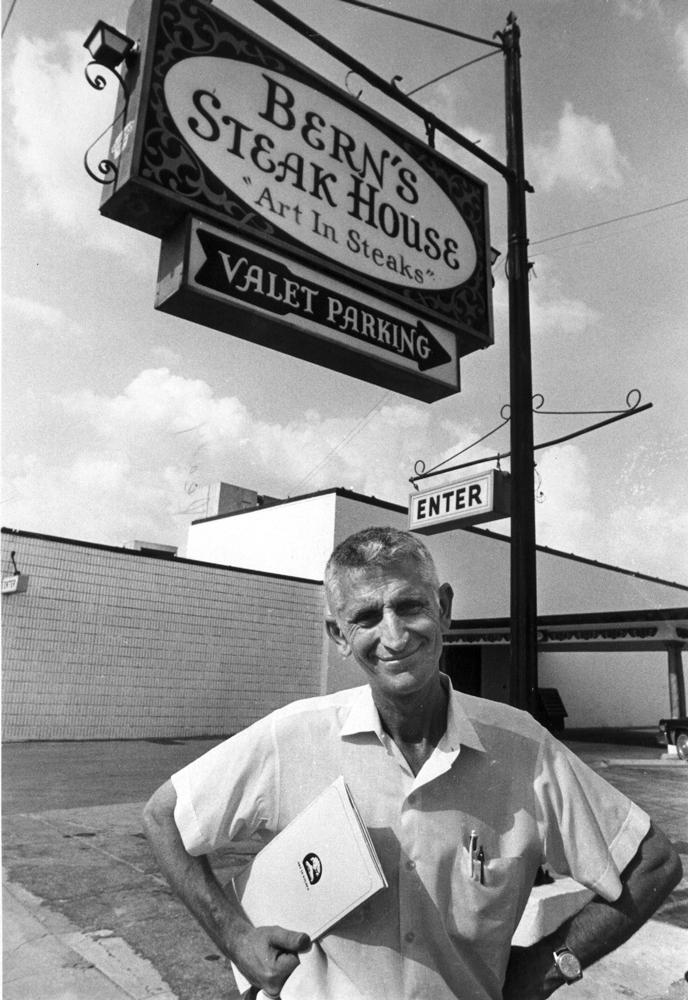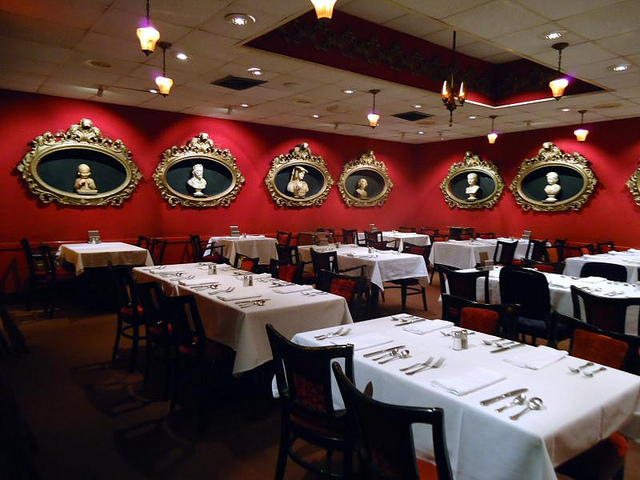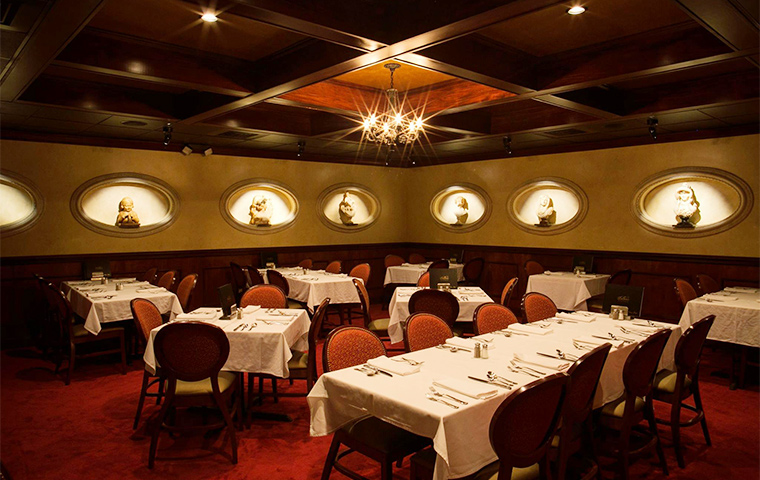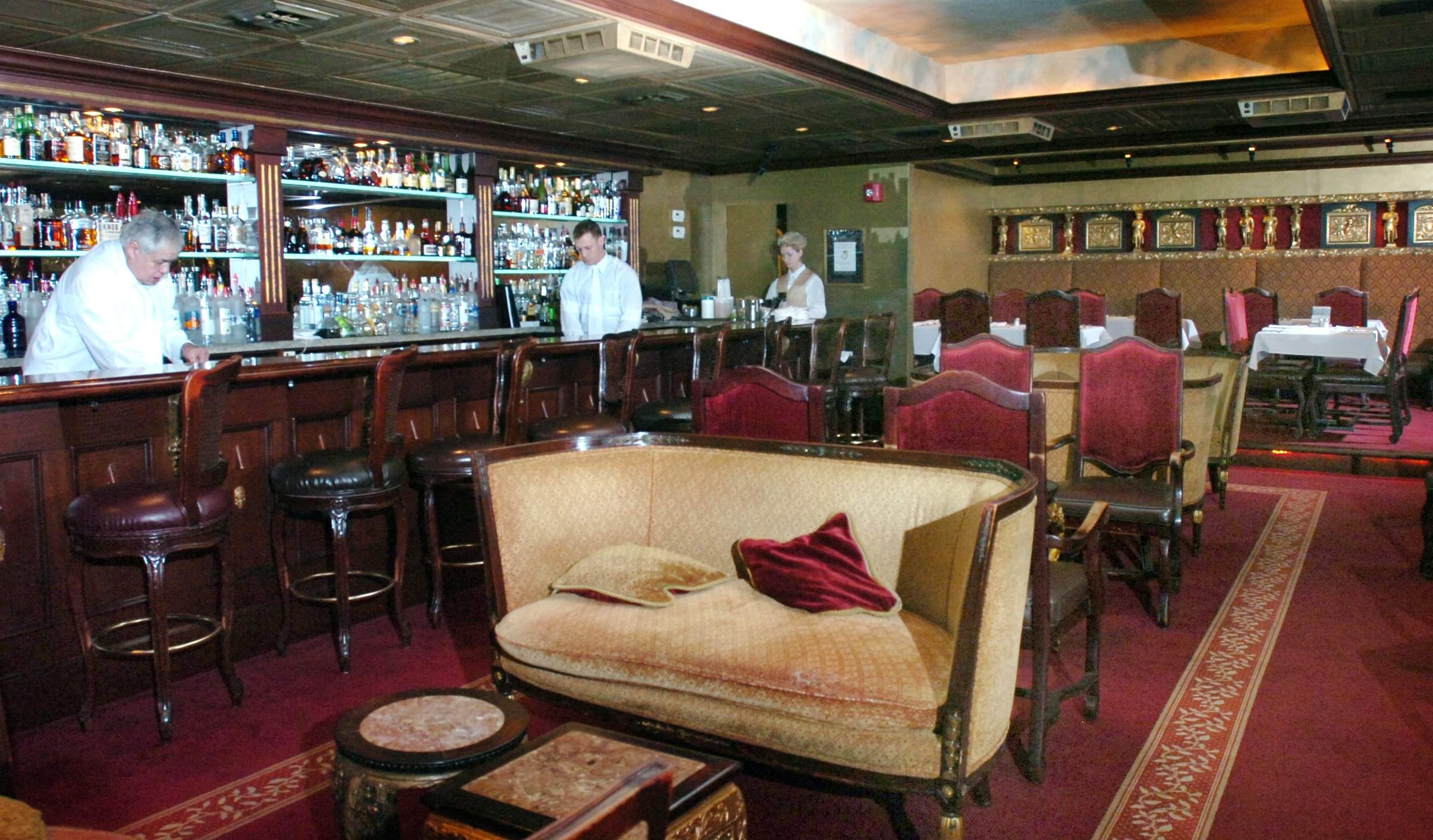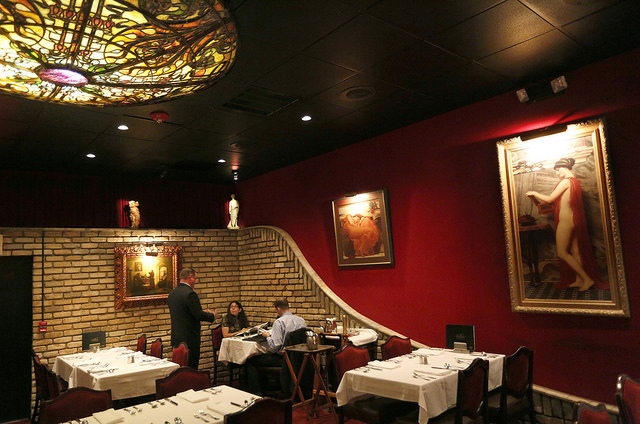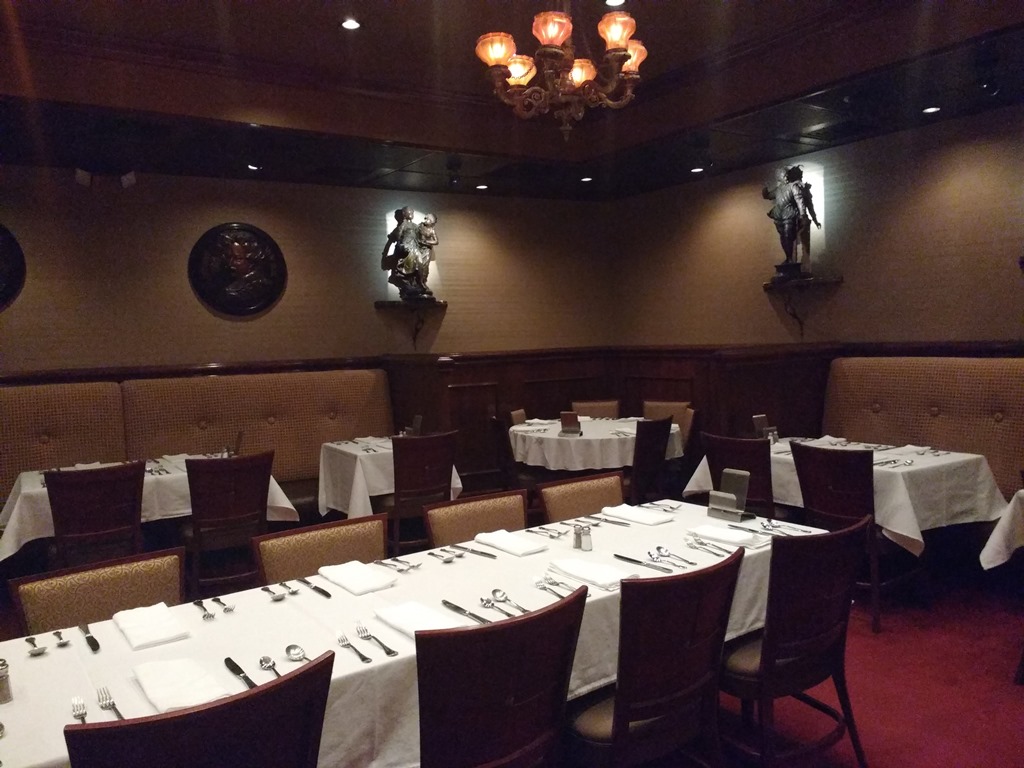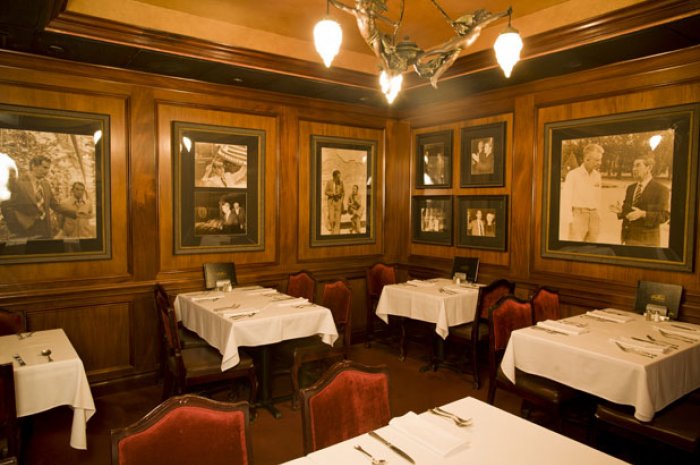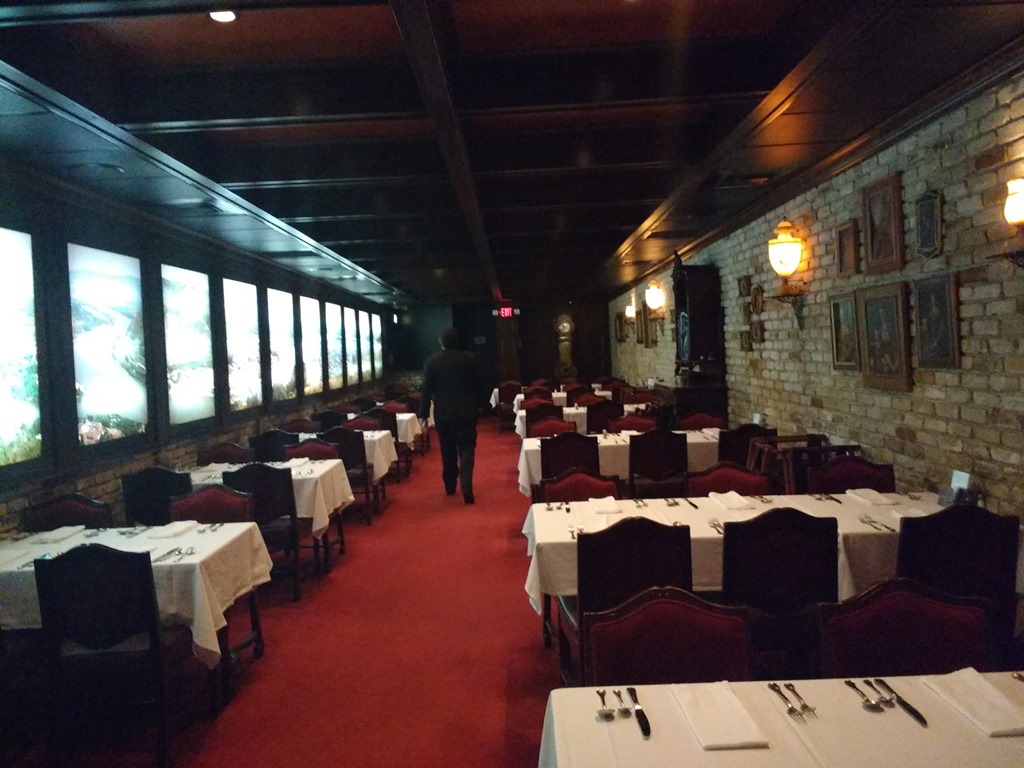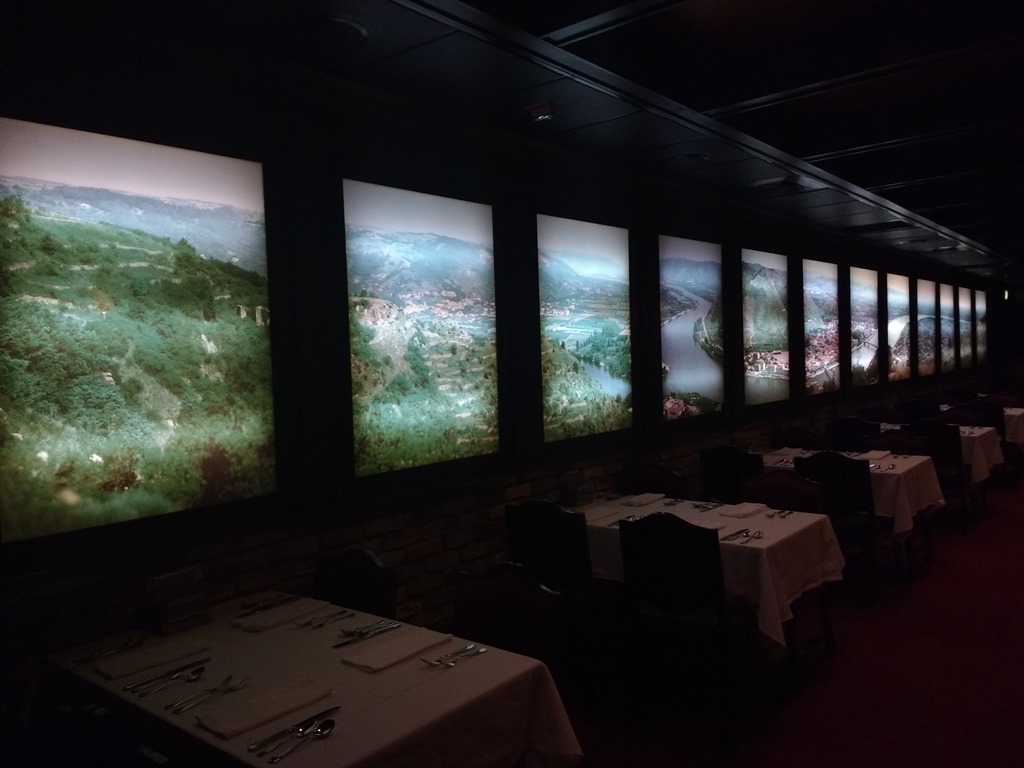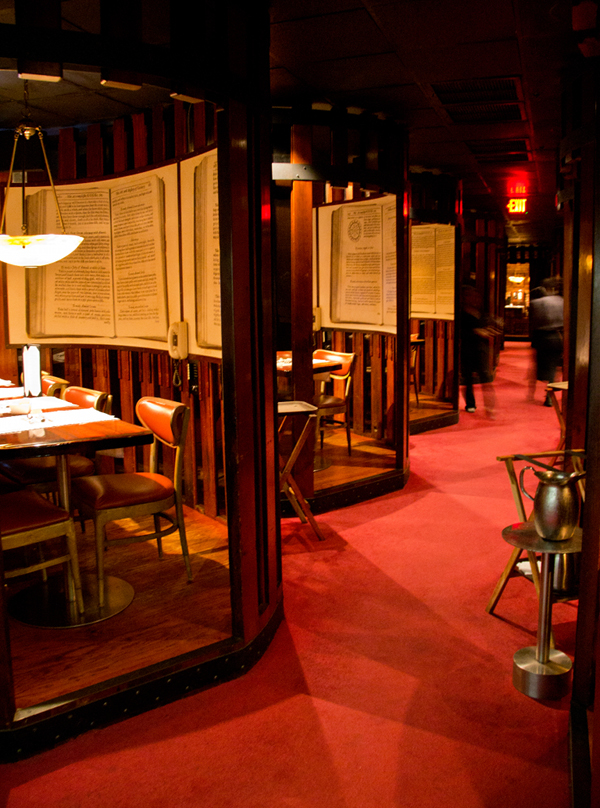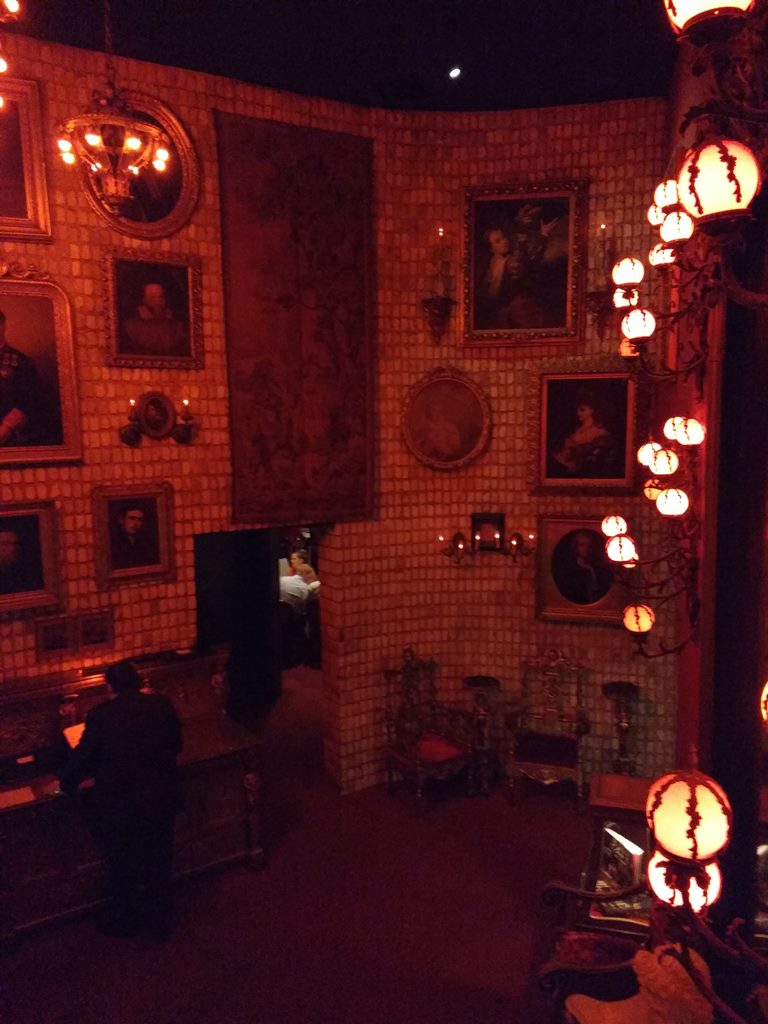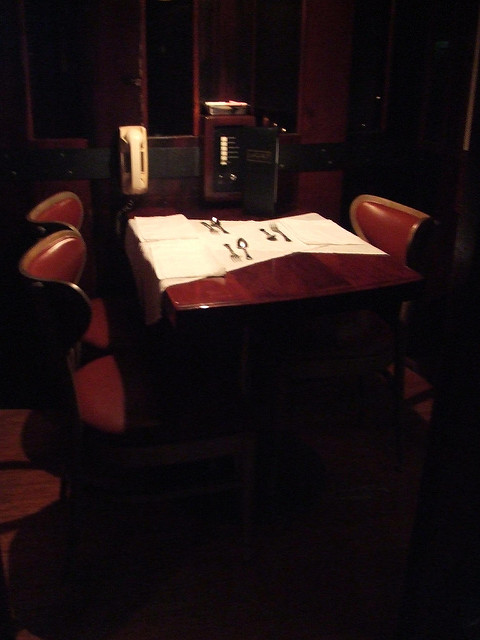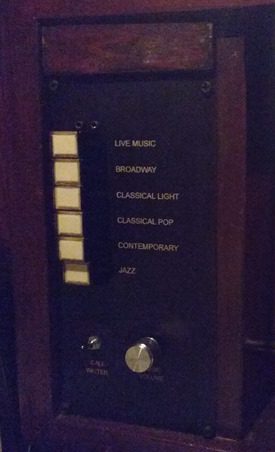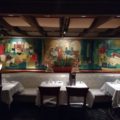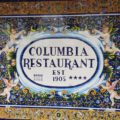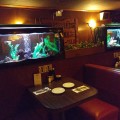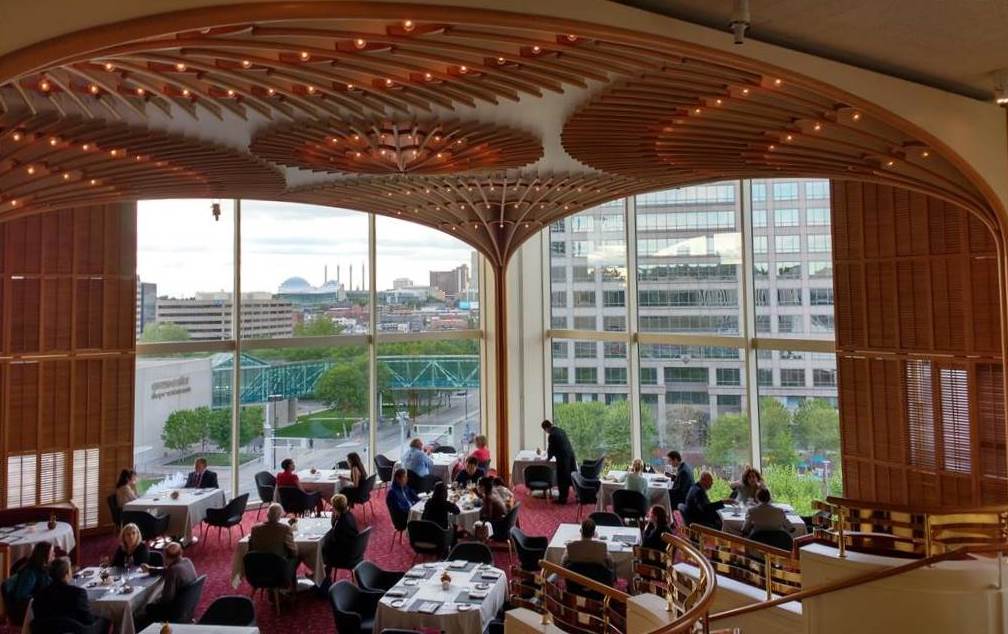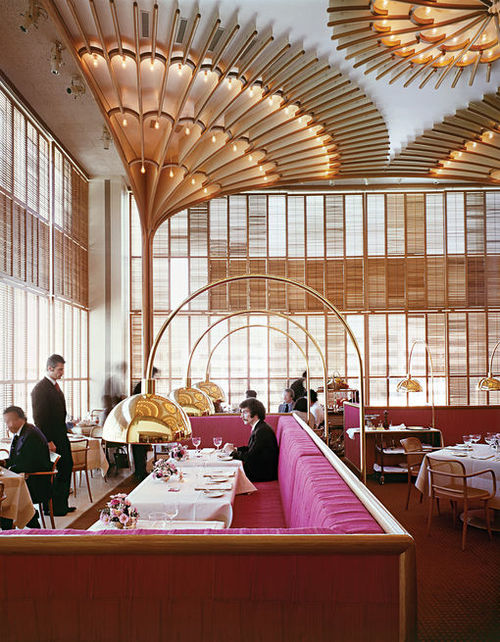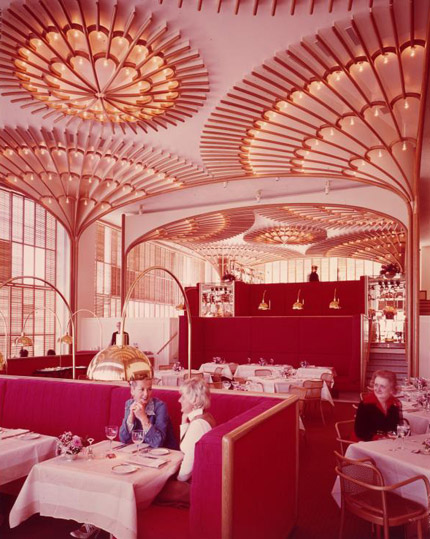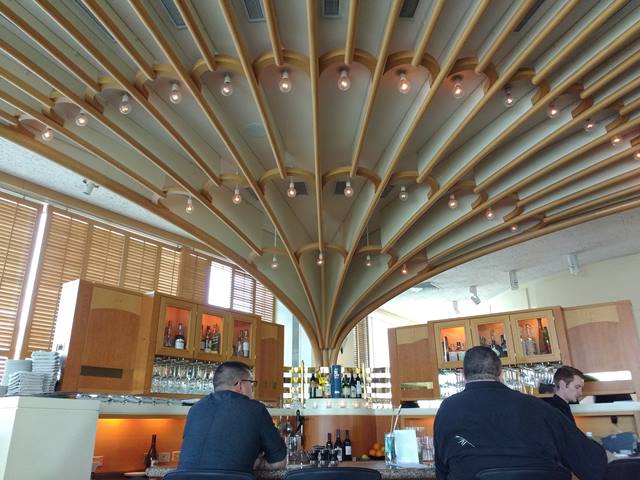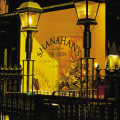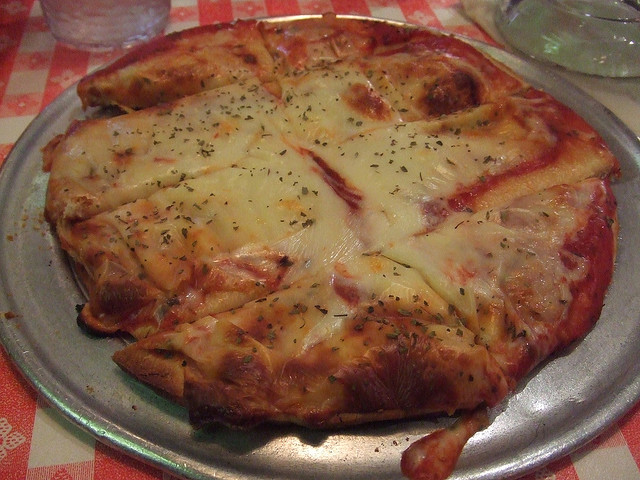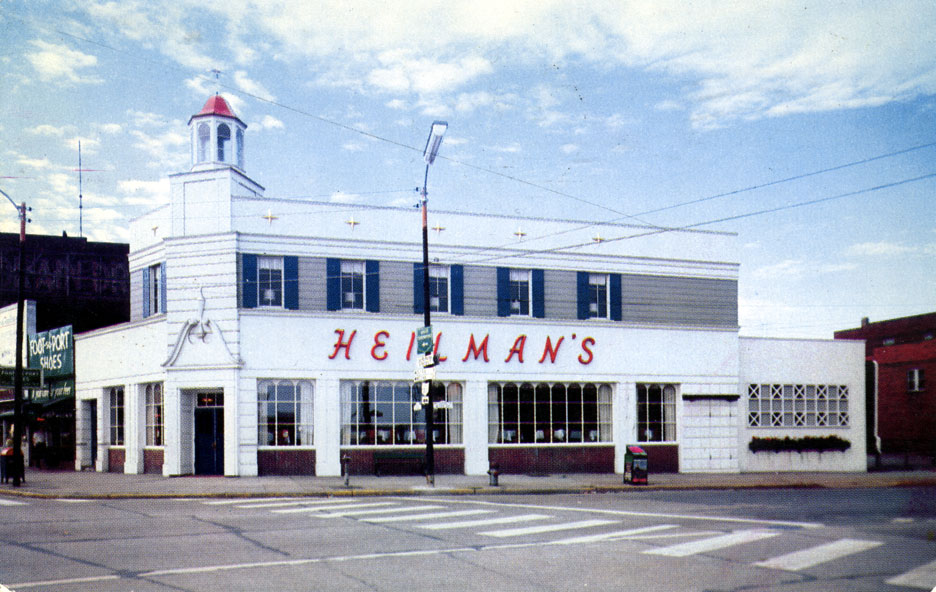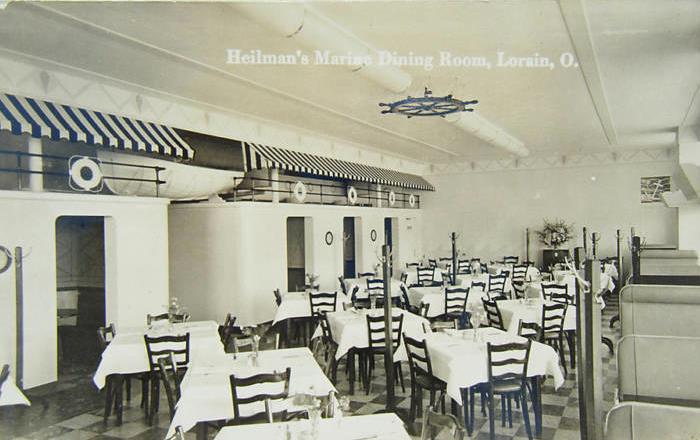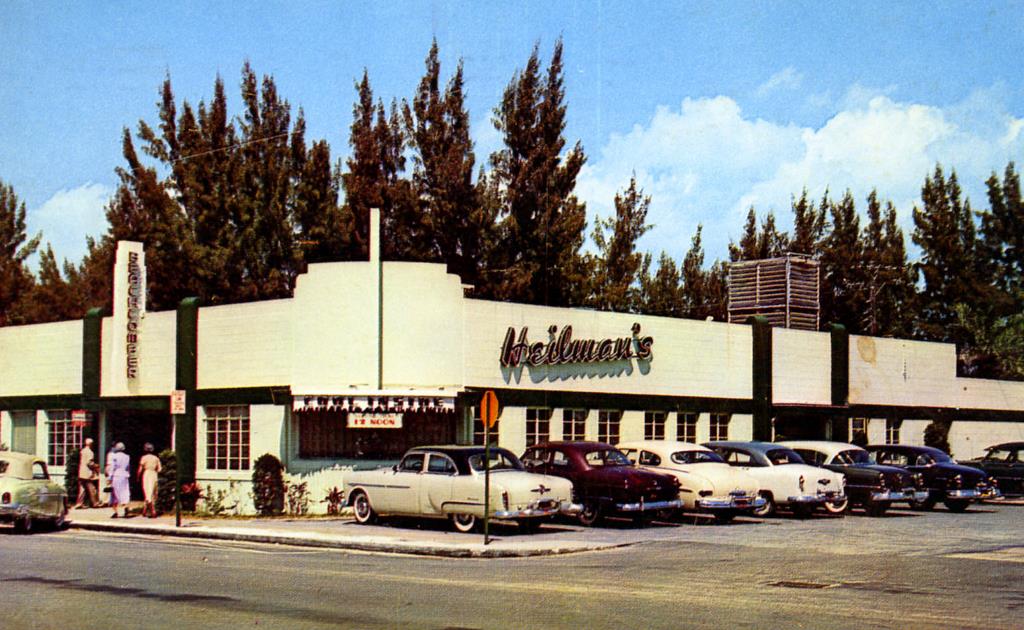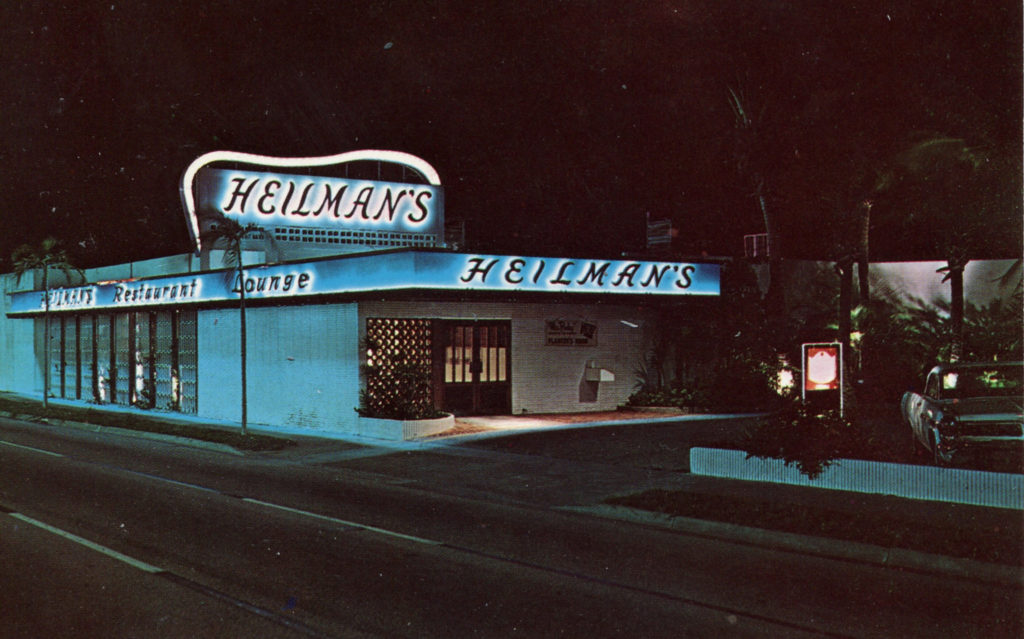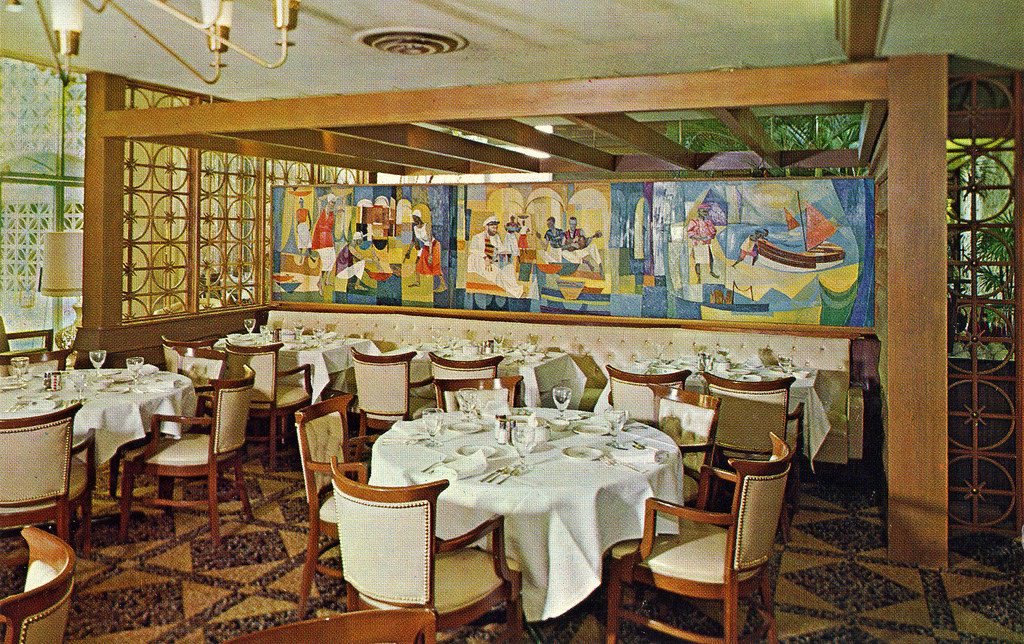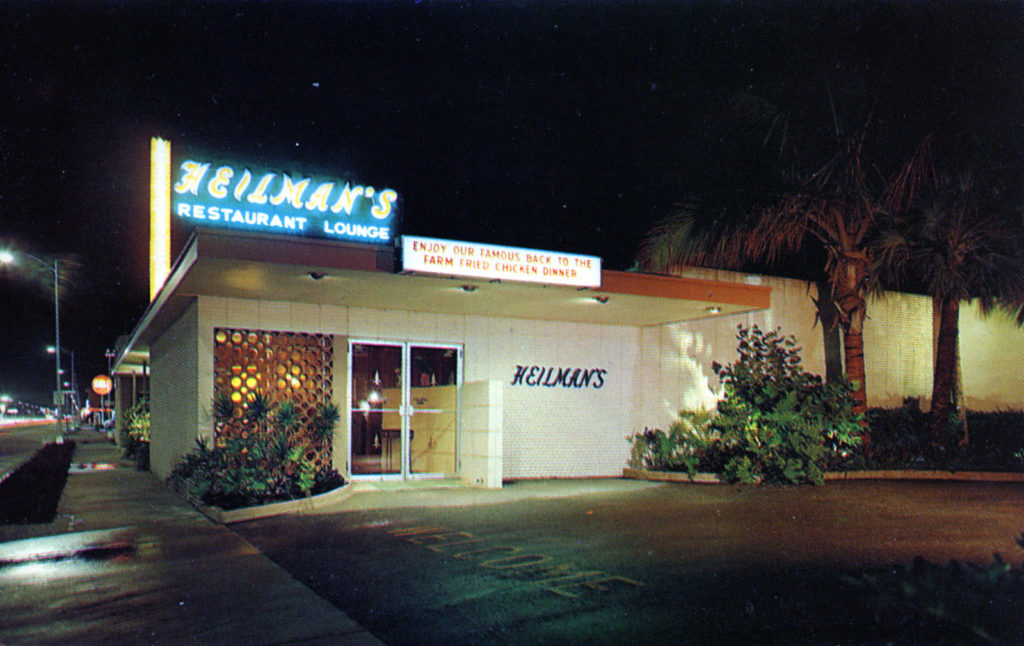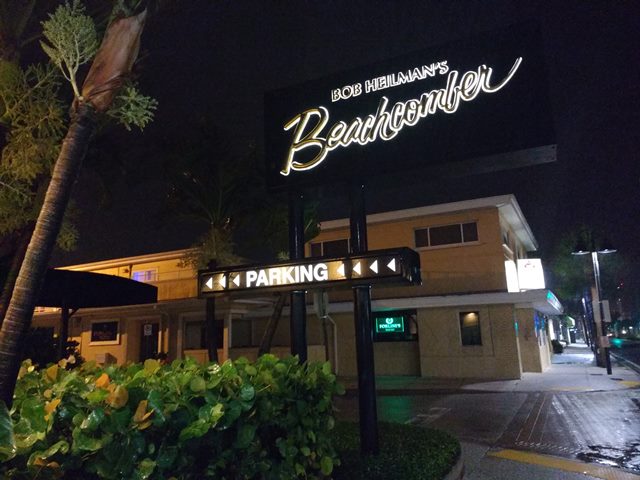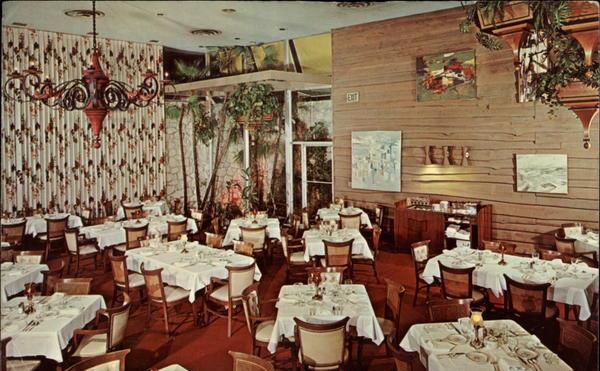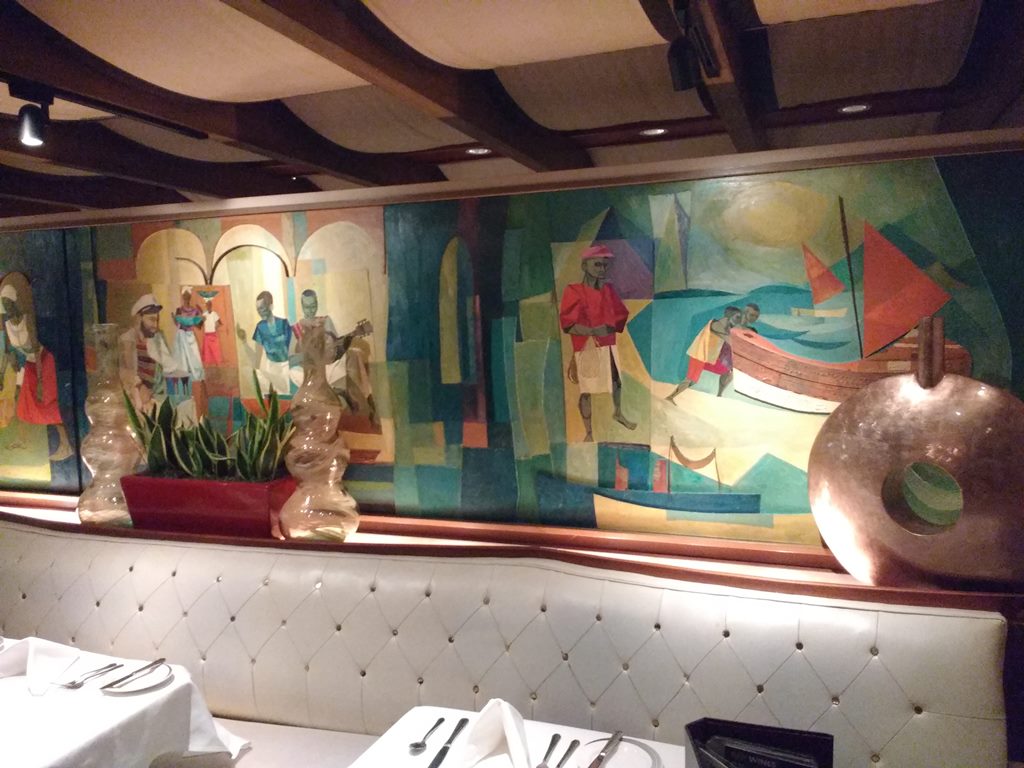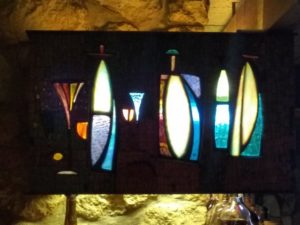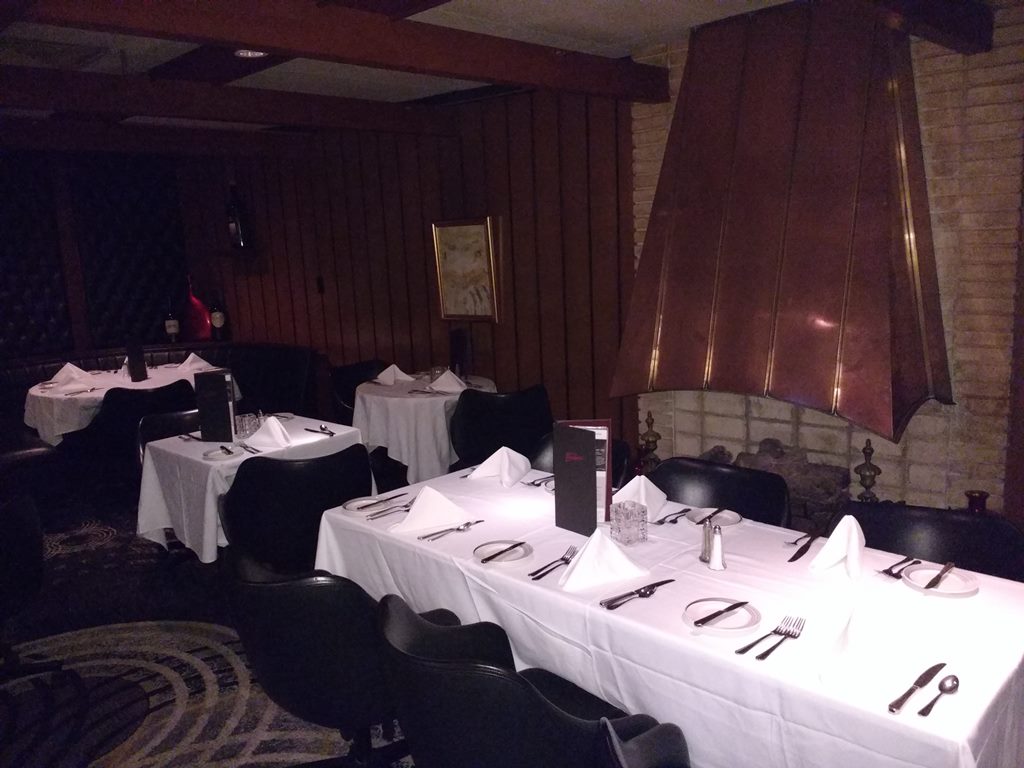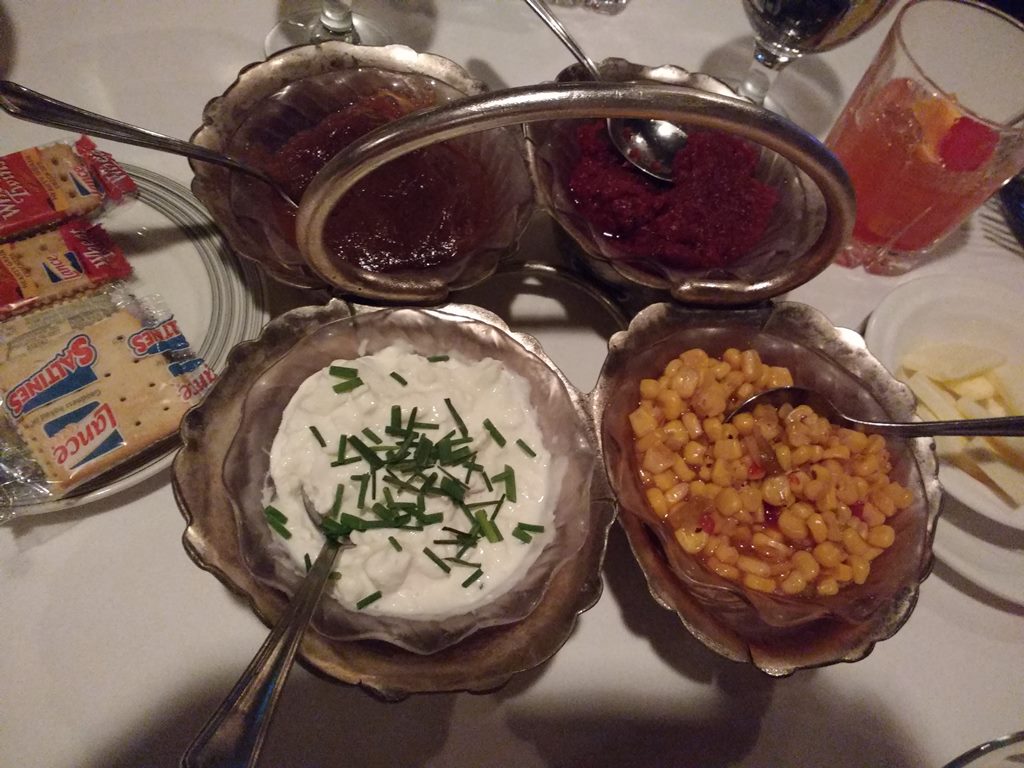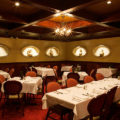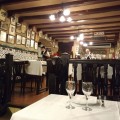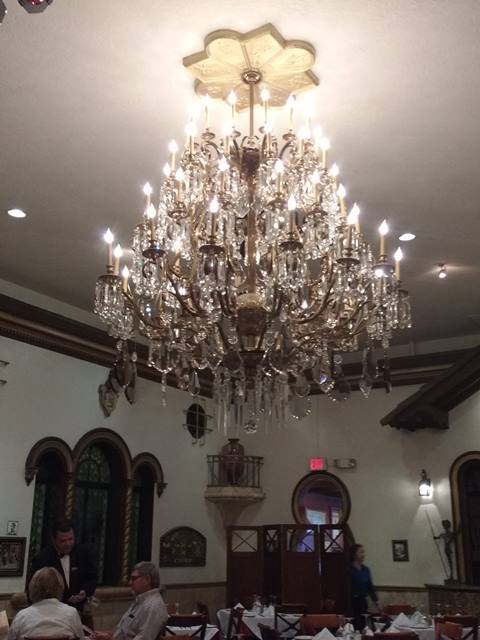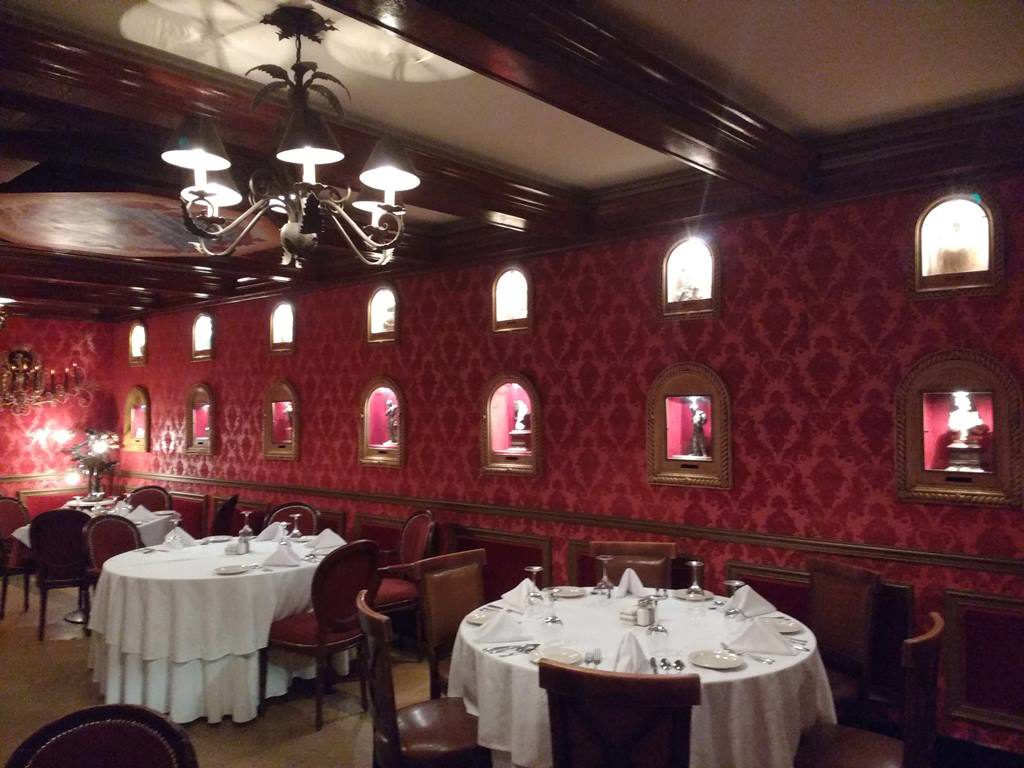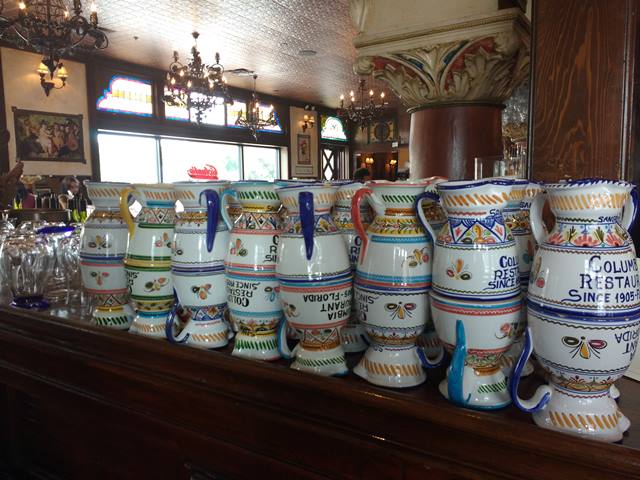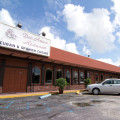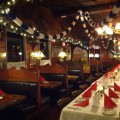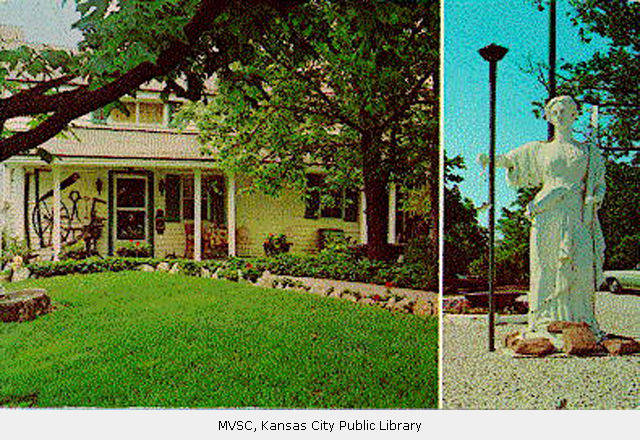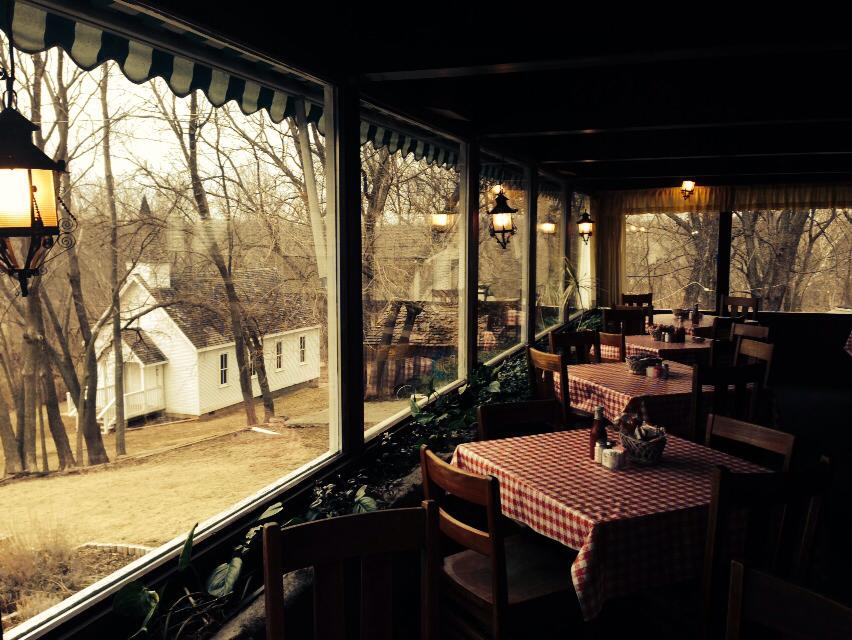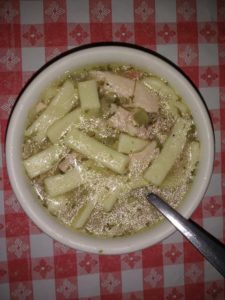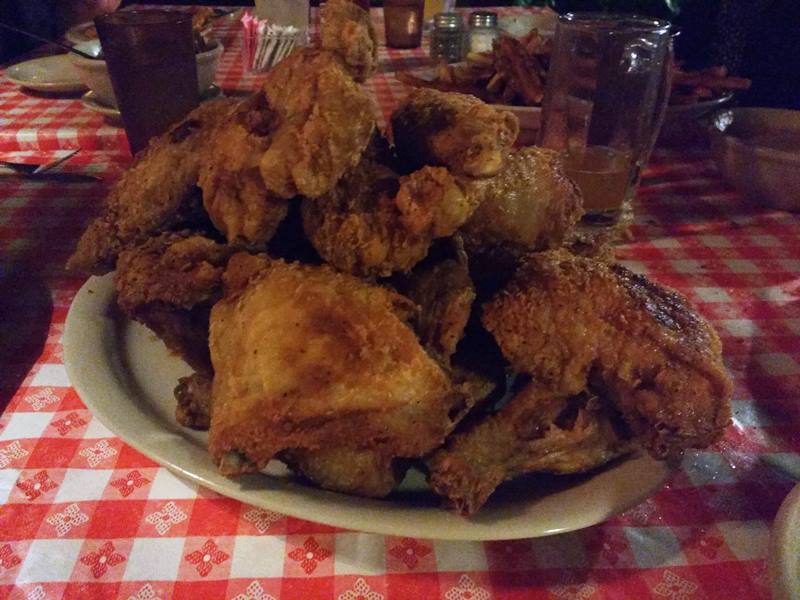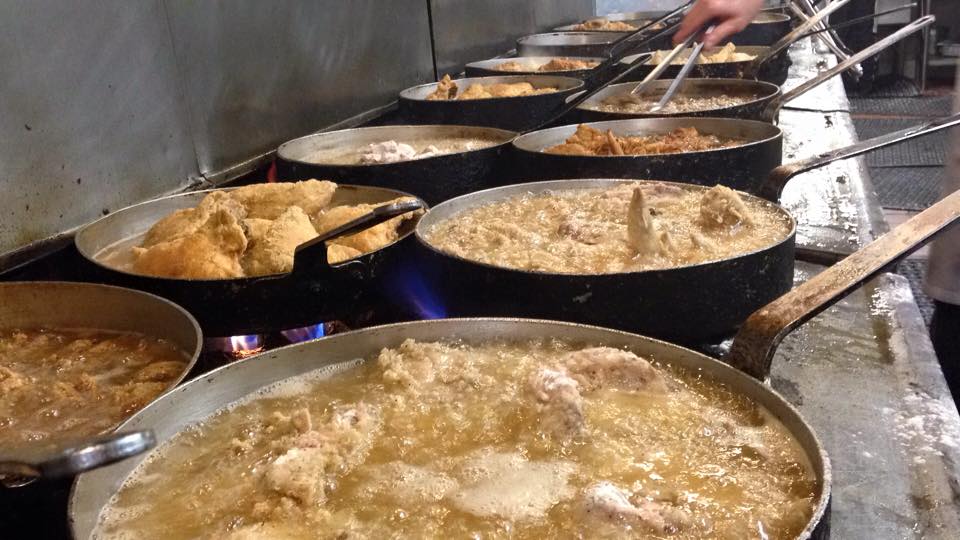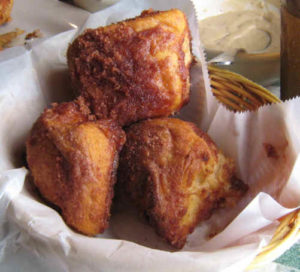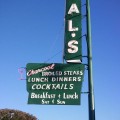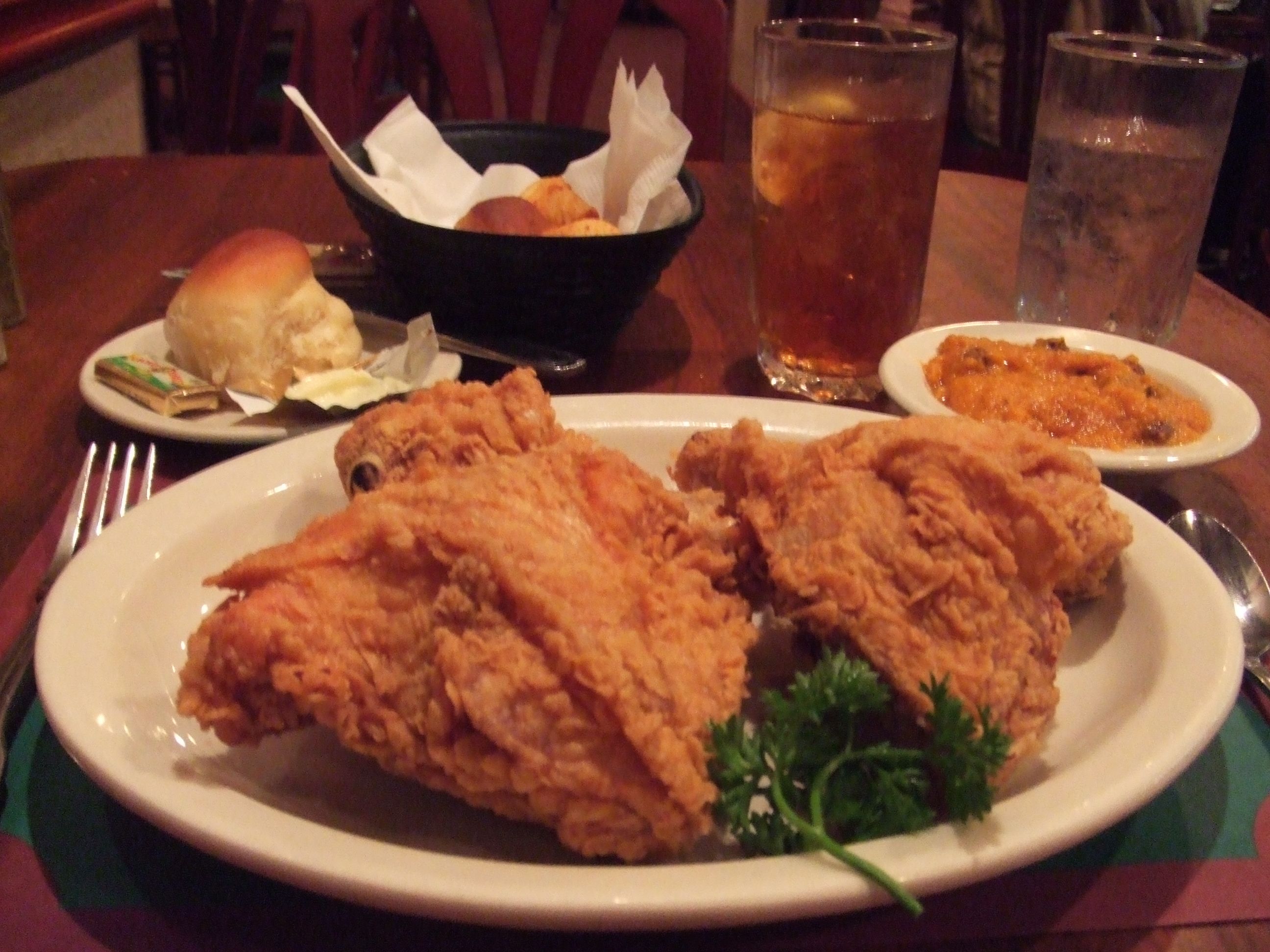What is the best steakhouse in the U.S.? Le Continental’s pick is Bern’s in Tampa. I’ve only been twice (ten years apart) but one visit was enough to proclaim it THE BEST. Bern’s motto is “We do things differently here.”, so it’s more than a restaurant meal, rather they offer “A unique culinary experience.”.
Bernard Laxer was born in New York City in 1923, served in WWII, and graduated from NYU with a degree in advertising. He married and moved to Florida with his wife Gertrude in 1951. After saving some cash from various jobs, they bought a juice bar in Tampa in 1953. Renamed Bern and Gert’s Little Midway, it was a successful breakfast and lunch counter. Quality was their emphasis from the beginning as they served fresh baked bread, fresh-squeezed juice, and 37 kinds of jam, jellies and preserves. In 1956 Bern and Gert bought a place called Beer Haven on Howard Ave right where Bern’s Bordeaux Room is today. To save money on the sign they renamed it Bern’s (dropping some of the letters from the Beer Haven sign and adding the apostrophe and the ‘s’). At first it was a hamburger restaurant with red checked tablecloths and Chianti bottle candle holders. Bern was the host, greeting customers, and Gert waited tables.

Bern’s today (the building used to be brick but it was covered with stucco about a few years ago) – image by patch.com
Bern’s soon became a steak house and expanded in the 1960s and 1970s, eventually taking over the entire shopping center that was next door. Through hard work, clever advertising, and quality of food and service it became a dining destination. One local ad read ”Steak Dinner, $66,000. Includes African safari and a good luck charm. Steak dinner alone: $2.50.”.
Bern bought a local liquor store to more easily supply his restaurant with liquor and wine. He became a lover of fine wines. Much of their profit went into the restaurant’s expansions, fine art he decorated the dining rooms with, and his wine collection, which grew to the largest in the world, around 500,000 bottles of around 6,800 selections. About 100,000 bottles are stored in the restaurant’s wine cellar today, with the other 400,000 kept in warehouses around Tampa. In 1974 the wine list was 1,236 pages long. By 1995 it was a whopping 2,500 pages of wine listings, maps of wine regions, interviews with wine connoisseurs, and reference information. Today you receive an abridged wine list at your table, however you can ask for the 179-page wine list, which is updated quarterly. Perhaps you may want a 1901 Château Mouton-Rothschild, a Château Latour from 1920, or a Château Lafite-Rothschild from 1881. They have all of these vintages available.
In 1993 Bern’s son Dave took over operation of Bern’s after Bern Laxer sustained injuries in a serious car accident, and he runs it today. Bern Laxer passed away in 2002.
Bern’s Dining Rooms
Bern’s eight dining rooms and stunning lobby with its grand staircase to the restrooms (above photo) were decorated in the 1960’s and 70s in red flocked wallpaper, red carpet, mirrors and classical art in gold frames, antique furniture, and sculpture, much of it personally collected by Bern Laxer. Many writers call this a “bordello” style, or perhaps rococo revival. The dining rooms were redecorated one-at-a-time from 1999 into the early 2000s, some a little (new carpet), some a lot (the Andre Tchelischeff room, named for a California winemaker, was redone in mahogany paneling with enlarged photos of Bern and Tchelischeff). The bar was completely redone at the time and TVs were removed from the dessert room (hooray!). In the past couple of years some of the dining rooms were redone again, but not drastically. The acoustic tiled ceilings were replaced with more attractive coffered ceilings. For example, here is the Florentine Room (sometimes also called the Cameo Room) before the recent remodel:
And here is the Florentine Room as it looks now (which I dined in on my recent visit). Still classy, still old-fashioned, but a bit more elegant with nicer chairs, a chandelier and spot lights, and a new ceiling.
Before my last visit I found it hard to find good information online about Bern’s dining rooms and what they are called, so here I present my Le Continental readers with a showing of all of Bern’s dining rooms for your convenience, so when you make your reservation you can choose the room you want to dine in. We start at the bar.
Not shown are the Champagne and Port rooms, which I believe are used for private gatherings. Counting the Florentine Room shown above, that’s eight dining rooms, not counting the extra-special room which is actually the second floor of the building!
In 1985 the Harry Waugh Dessert Room was added, which is on the second floor (a friend of Bern’s, Harry Waugh, an Englishman, was director of Chateau Latour in France). It consists of a labyrinth of 48 semi-private dining booths made from redwood wine vats and glass (it’s hard to describe and must be experienced when you visit Bern’s).
Note: Bern’s dining rooms, lobby, and bar are quite dark (as they should be) inside, darker than is shown in these photos. There are NO WINDOWS in the entire restaurant! It doesn’t necessarily make for good pictures, as you can see in my photo below, but that’s OK. It gives you an idea of the atmosphere at Bern’s.
The Food
Where to begin? Let’s get to the meat of the matter! The steak menu:
- filet mignon
- chateaubriand
- “special” chateaubriand, loin-aged 7 weeks
- strip sirloin (New York), USDA Prime, aged 5-8 weeks
- Delmonico (ribeye), USDA Prime, aged 5-8 weeks
- porterhouse, USDA Prime, aged 5-8 weeks
- t-bone, USDA Prime, aged 5-8 weeks
Each steak is hand-cut, trimmed, and weighed to order, offered in multiple sizes by weight. The menu shows how many people each sized steak can feed, and how thick it is, depending on how it’s cooked (rare to med. rare steaks are served thicker than steaks cooked more well done). All steaks are broiled over lump hardwood charcoal. The waiter was very helpful in giving suggestions as the menu can be a lot to study. For example, for two people one large thick steak is usually better than ordering two separate steaks (if you want the same steak done the same way). Anything you wish Bern’s will accommodate you.
Bern’s trims off most of the fat (and any gristle) so the steak may not look like the same cut in other steakhouses. They buy 3 to 4 pounds of beef for each 1 pound of steak. All you get is the best part. As you can see in my photo below my Delmonico (ribeye) had the fat removed so it was served as one large price and one smaller piece.
A bit about Bern’s side dishes. In the 1970s Bern Laxer purchased an eight-acre farm so he could grow his own vegetables for the restaurant, organically. Today Bern’s still grows many of its vegetables on its farm and other local farms. The side dishes are all prepared to order and are delicious.
Bern’s menu is humongous. There is a large caviar selection, many appetizers to choose from, and entrees of beef, pork, lamb, and seafood, which is flown in fresh daily. There is a long menu of specials every night which change monthly based on what is in season and available called the Kitchen Within a Kitchen. There is a cheese menu featuring dozens of cheeses from around the world, some aged at Bern’s in their Cheese Cave.
Make sure you allow several hours for the full Bern’s experience: a cocktail in the bar, a leisurely dinner (you never feel rushed at Bern’s), dessert and an after-dinner drink in the Harry Waugh Dessert Room, and even a tour of the wine cellar and kitchen if you so desire. My advice is to make a dinner reservation for no later than 7pm so you can have plenty of time (arriving an hour or so earlier so you can visit the bar). The closing hours vary by the night of the week but you should plan to be finished by 10 or 11 (later on Friday or Saturday).
Each booth in the dessert room has a sound system with choices of soft music and a phone so you can request a song played by the live piano player! About 50 desserts are offered on the menu. A highlight was the macadamia nut ice cream sundae. I ordered the Baked Alaska, served flambéed table-side.
The dessert room drinks menu has over 1,000 drinks, wines, liquors, and cordials. There are many vintage ports (dating back to 1957) and madeiras (from as far back as 1792), many at affordable prices.
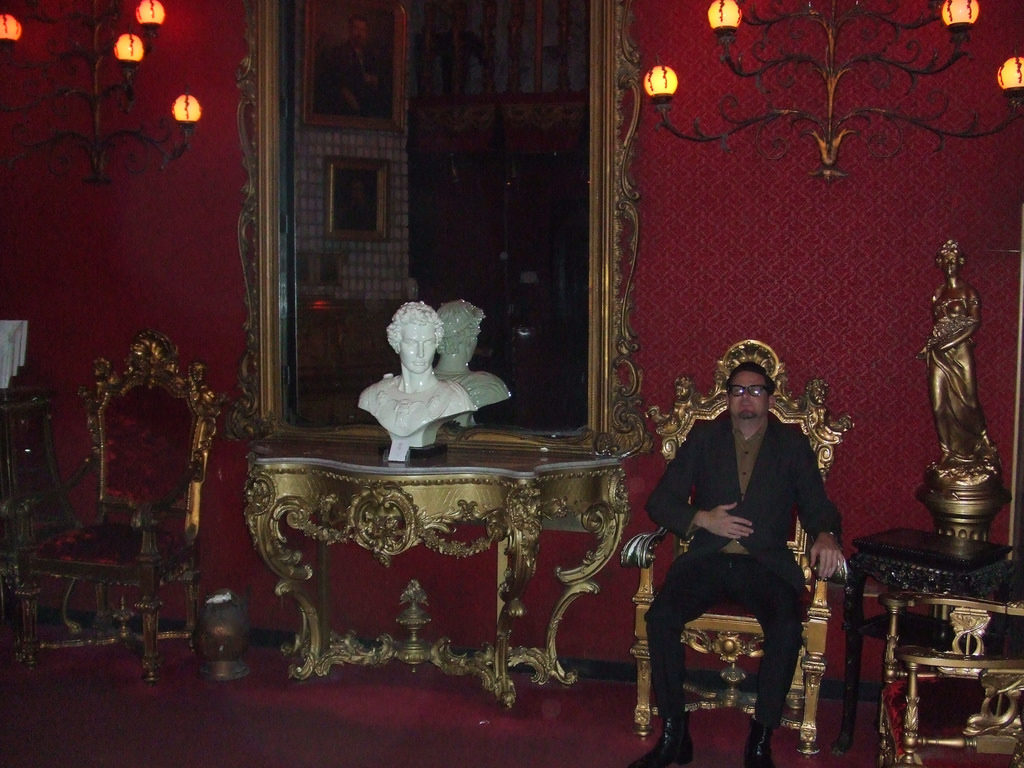
At Bern’s they treat you like a king! The Jab, very satisfied (but full) after dining at Bern’s, 2006
A final word on the service: impeccable! Every waiter is trained for a full year throughout the restaurant and even on the farm, then for another 8 to 12 weeks in the dining rooms.
If you love steaks, classic steakhouses, and fine dining you need to make a pilgrimage to Bern’s. It’s worth the trip from anywhere in the U.S. Save your money, go all out with the full Bern’s experience: caviar (if you desire), a great wine, an aged steak, perhaps with a lobster tail, and some dessert with a glass of vintage port. Jackets and ties are encouraged (but not required) at Bern’s. Get dressed up and do it right!
Bern’s Steak House
1208 S Howard Ave, Tampa, FL 33606
(813) 251-2421
Open Sun-Thu 5:00pm-10:00pm, Fri-Sat 5:00pm-11:00pm

